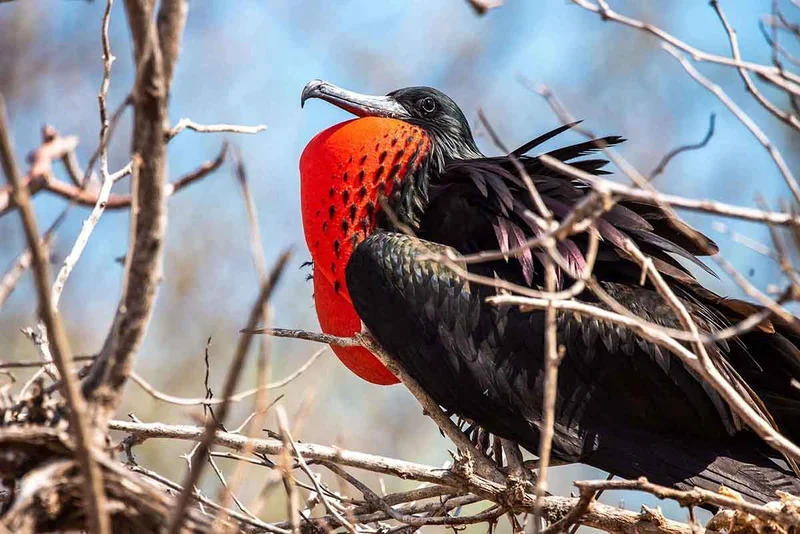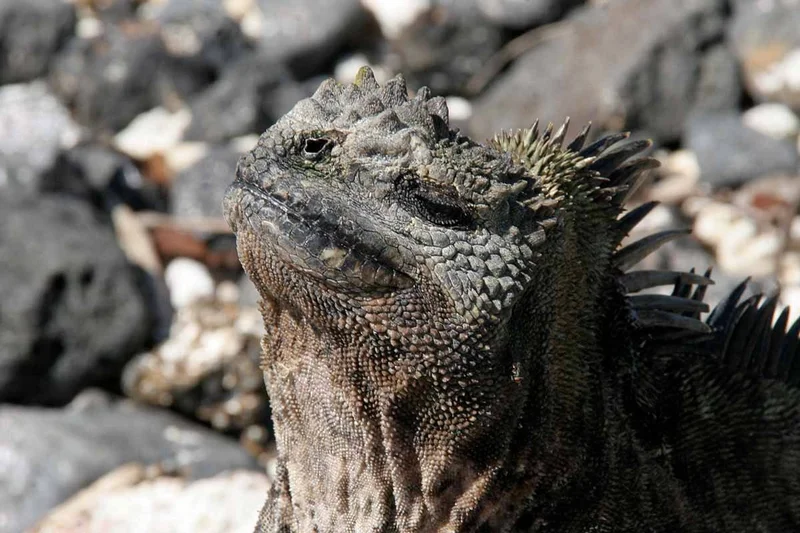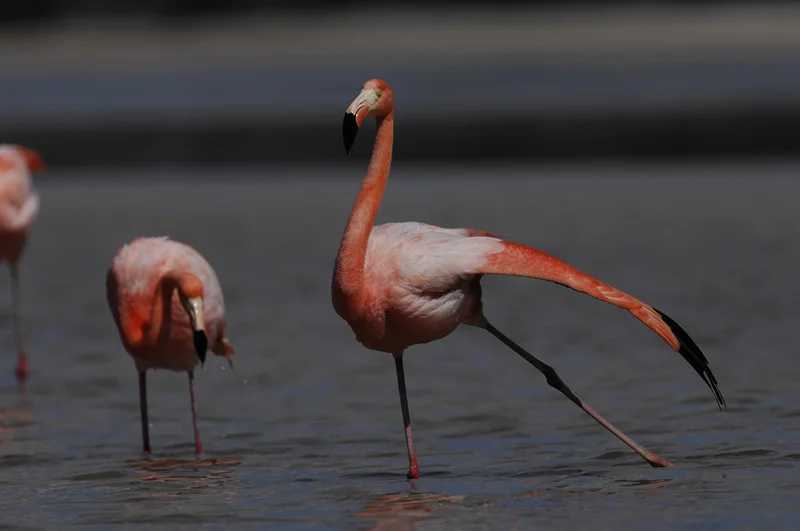
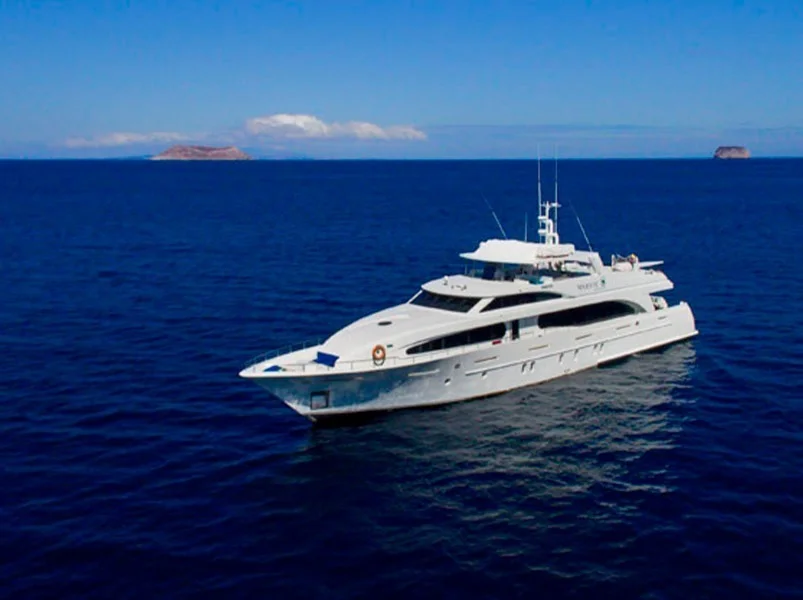
8 Day Galapagos Itinerary
Day 1: San Cristobal Island: El Junco Lagoon
Arrive to the Capital of Galapagos, Puerto Baquerizo Moreno in San Cristobal Island where you’ll be greeted by the yacht’s friendly Staff who will take you to your beautiful yacht for settling and Lunch.
PM: El Junco Lagoon
The Junco Lagoon, located about 700m above sea level, is one of the few permanent freshwater bodies in the Galapagos. Frigate birds are often seen here washing the salt from their feathers as well as white-cheeked pintails and common gallinules. Its name comes from a type of plant that is common in this area called “junco”.
Day 2: Floreana Island: Post Office Bay, Cormorant Point & Devil’s Crown
AM: Post Office Bay
back in the 18th century, whalers passing through the islands placed a wooden barrel in a lovely sandy-beach on Floreana Island for use as an unofficial mail box. The tradition continues today as visitors leave addressed postcards in the barrel and sort through left mail to deliver at home.
PM: Punta de cormorán y corona del diablo
Cormorant’s Point hosts a large flamingo lagoon where also other birds such as common stilts and white-cheeked pintails can be seen. The beaches on this island are distinct: The “Green Beach” named so due to its green color, which comes from a high percentage of olivine crystals in the sand, and the “Four Sand Beach” composed of white coral.
Devil’s Crown is considered as one of the best snorkeling sites in the Galapagos, a volcanic crater has been eroded by the waves leaving the northern and southern sides poking out of the water. The coral reef in the middle is perfect for attracting marine life. Snorkelers enjoy the variety of marine life and exciting currents that rush through the crown creating an exhilarating experience.
Day 3: Española Island: Suarez Point & Gardner Bay
AM: Suarez Point
One of the best sites to spot blue-footed boobies, Waved-Albatrosses and Nazca boobies , Tropical-bird, Mockingbirds and more with a beautiful location on the ocean front where the large Waved-albatrosses use the cliff as a launching pad. The famous attraction is the magnificent blowhole, spurting water high into the air. This site presents wonderful photograph opportunities.
PM: Gardner Bay
Gardner Bay, on the eastern side of the island, is the breeding site of nearly all of the world´s 12,000 pairs of waved albatrosses. It has a large white-sand beach with hundreds of sea lions, perfect for relaxing and enjoy the landscape; its rocky shores make this site a great place for diving and snorkeling.
Day 4: Santa Cruz Island: Twin Craters
AM: Twin Craters
“Los Gemelos” or Twin Craters are located opposite each other on both sides of the road leading from Puerto Ayora to Baltra. The name is only figurative; not real craters, these formations were created by the collapse of surface material in underground fissures and chambers. The view is breathtaking.
PM: Charles Darwin Station
This World-famous Research Station is home to turtles ranging from 3-inches (new hatchlings) to 4-feet long. Subspecies of turtles interact with one another and many of the older turtles are accustomed to humans stretching out their heads for a photo opportunity. The babies are kept until they are about four years old and strong enough to survive on their own.
Day 5: Genovesa Island: El Barranco & Darwin Bay
AM: El Barranco
Also known as Prince Phillip’s Steps, El Barranco is a steep, rocky path that lead to a high cliff-face from where you will have marvelous views. This site is also home to “palo santo” vegetation as well as red-footed boobies, Galapagos swallows, Endemic Doves and short-eared lava owls.
PM: Darwin Bay
This white sand coral beach heads a half-mile trail that winds through mangroves filled with land birds: Red-footed / Nazca boobies and swallow-tailed gulls can be spotted here. Further down the path are tidal pools where Sea-lions swim playfully. At the end is a spectacular view off a cliff.
Day 6: Rabida Island & Chinese Hat
AM: Rabida Island
Rabida Island (Jervis) is one of the most colorful and volcanically varied islands in the archipelago and a great snorkeling site! Its famous maroon-sandy beach and stunning lookouts provide wonderful sightings; also the island is a birdwatcher’s delight as some of the rarest species are found in abundance: nine varieties of Darwin’s Finches, Penguins, Galapagos Hawks, large-billed flycatchers and brown Pelicans.
PM: Chinese Hat
This small islet is located near the southeast coast of Santiago Island. Its name comes from the distinct shape of the islet’s summit. This small islet is a great location to view many geological formations such as lava tubes and lava flows.
Day 7: San Cristobal Island: Witch Hill & Lobos Island
AM: Witch Hill
Located on the northern coast, this eroded hill and its surroundings present one of the most picturesque beaches in the Galapagos with its white powdery sand and the abundance of animals: Sea turtles, Sting-rays, Blue-footed boobies and finches. The clear water provides an excellent opportunity for enjoying swimming and snorkeling to spot tropical fishes, sponge coral and much more!
PM: Lobos Island
The name of the island means “Sea Lion’s Island” and the name is quite appropriate is packed with noisy, frolicking and jolly Sea-lions who will welcome you to their home with open fins! This island also offers great snorkeling opportunities as well as the chance to see Frigate-Birds, blue-footed and Nazca boobies.
Day 8: San Cristobal Island: Interpretation Center & Transfer out
Before heading to the Airport for your flight back to Mainland, a short walk to the Interpretation Center in Puerto Baquerizo Moreno, which was inaugurated in 1998 as a phase of the project “Interpretation and Environment Education Project”; visitors enjoy expositions on natural history, human history, and conservation. The efforts represent the movement to protect the wildlife and natural environment through means of population and tourist control. The Interpretation Center has an outdoor stadium, audio-visual equipment, and meeting rooms. Flight back to Mainland.
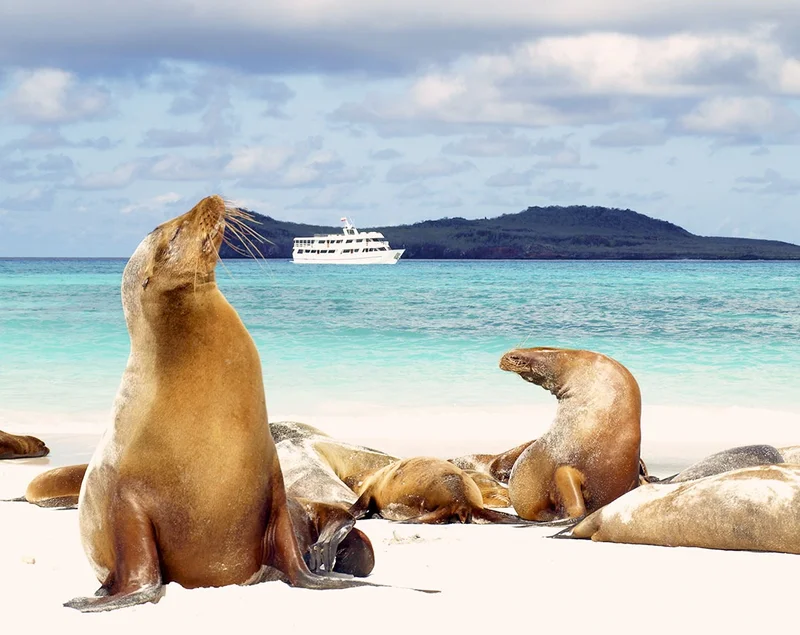
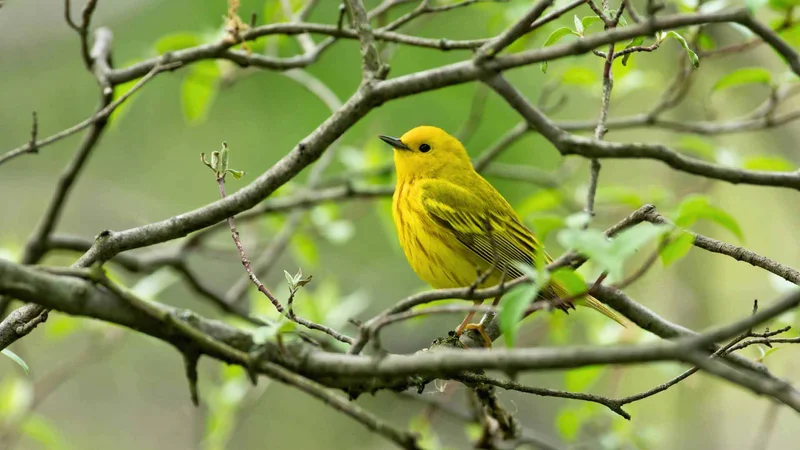
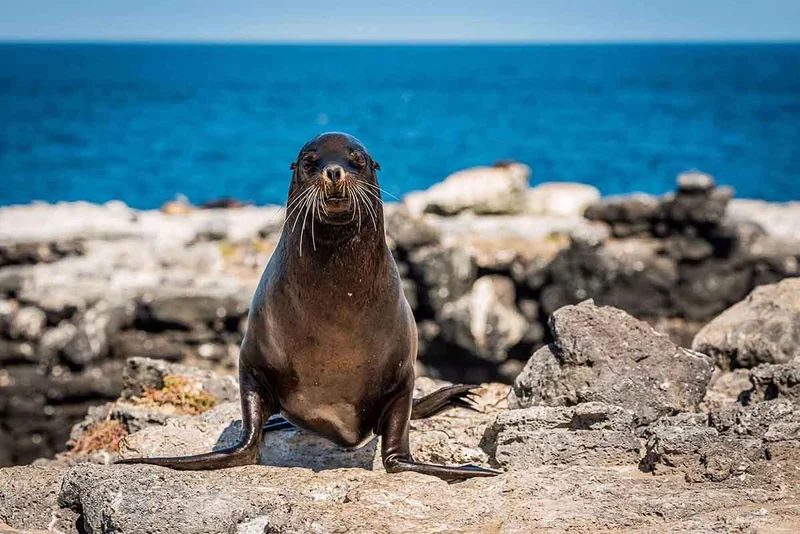
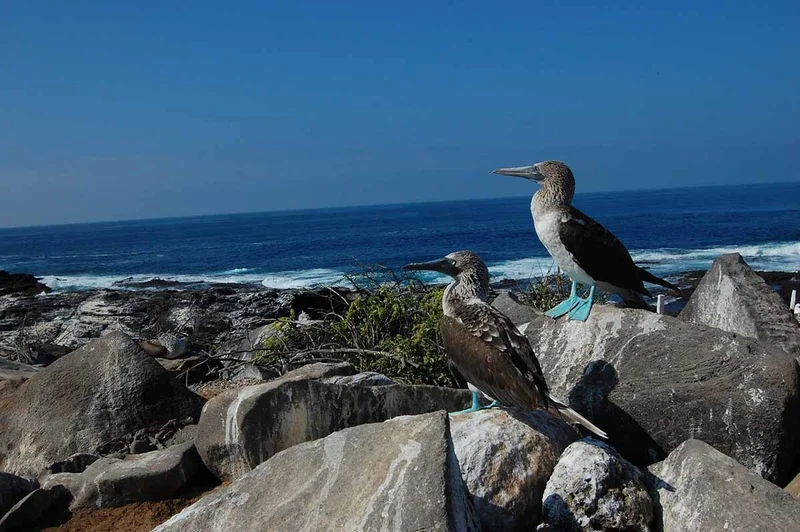
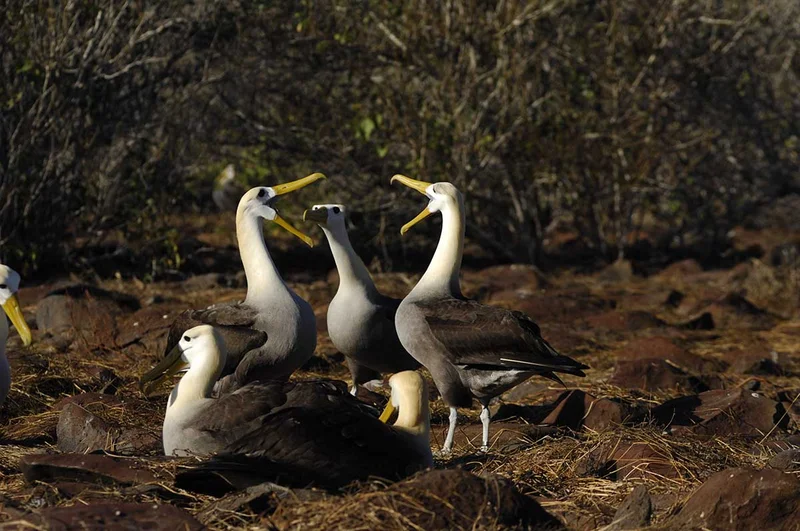
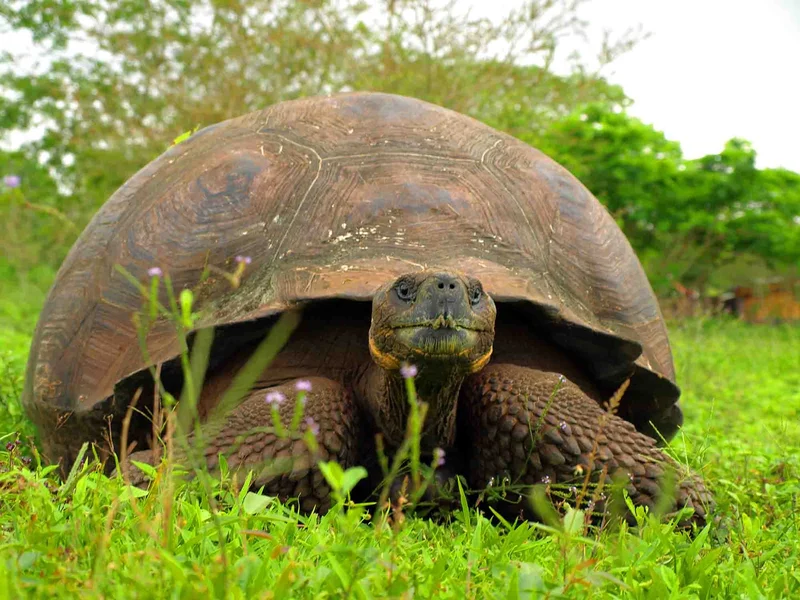
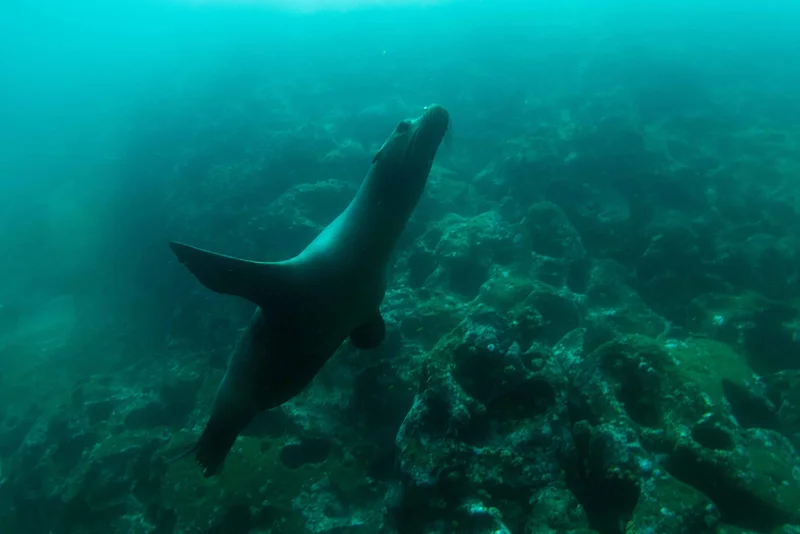
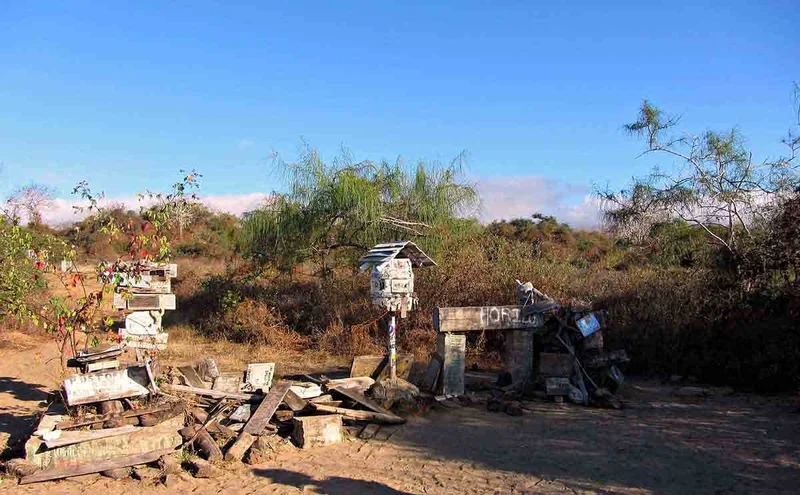
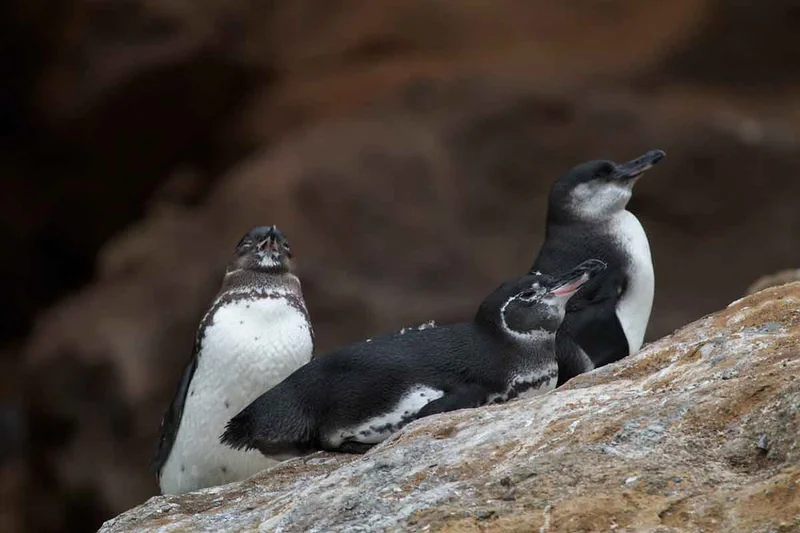
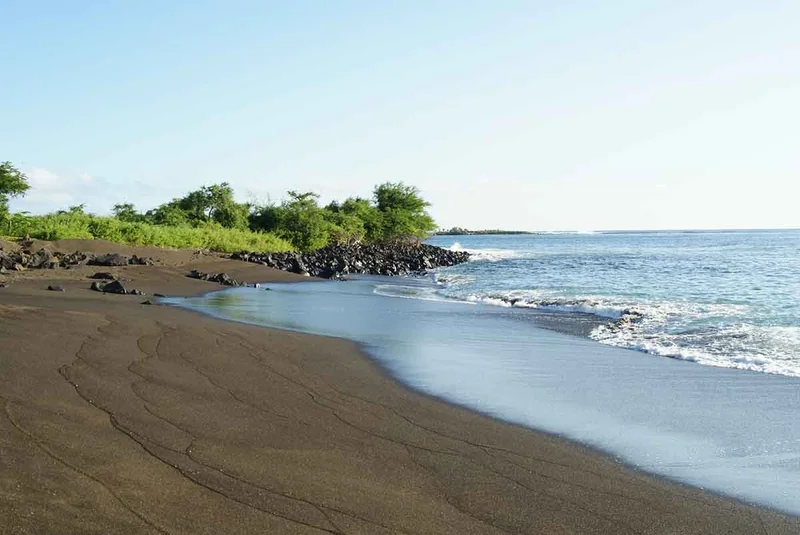
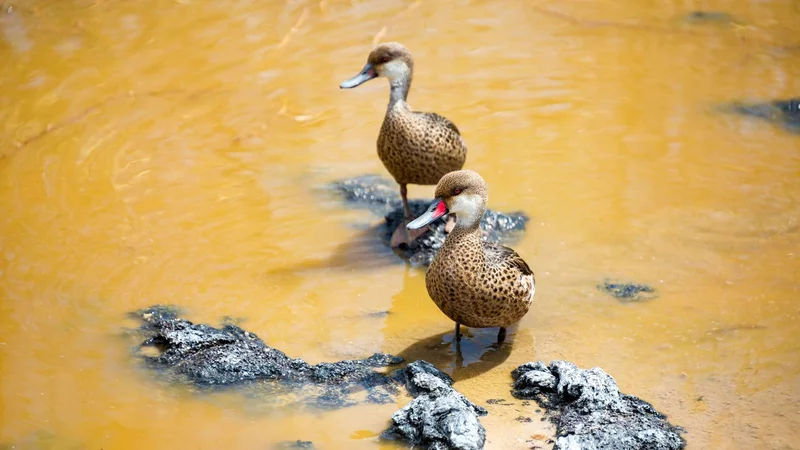
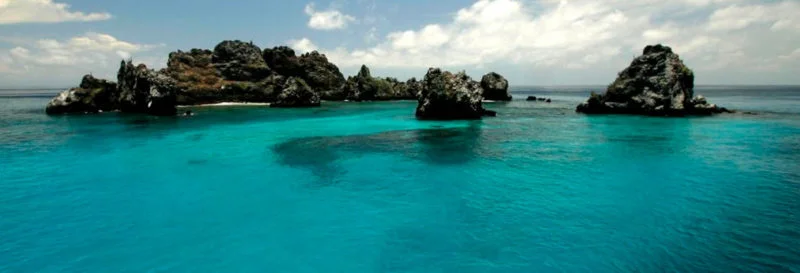
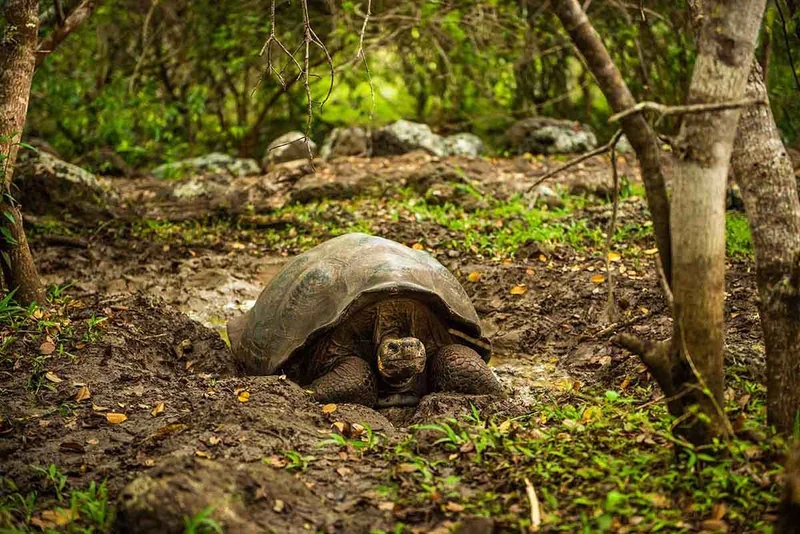
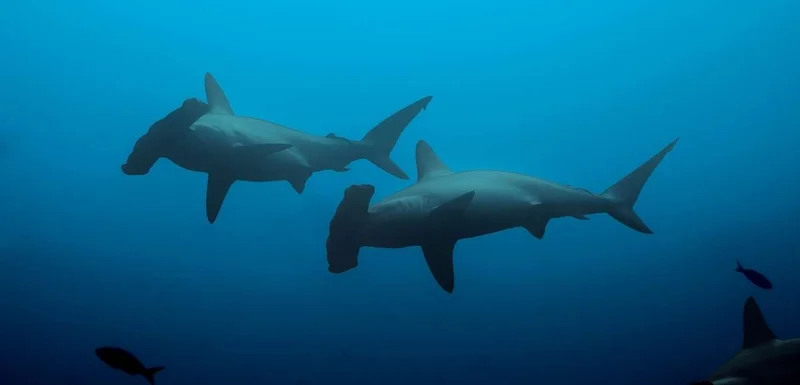
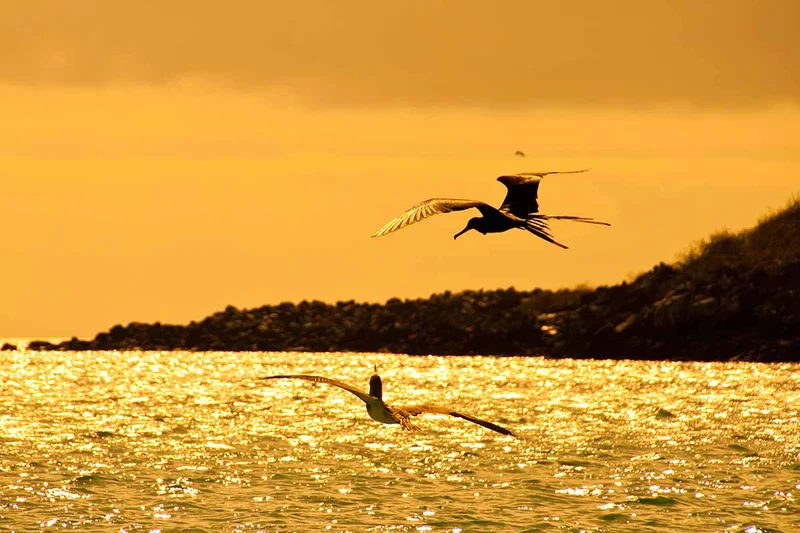
8 Day Galapagos Itinerary Includes
- All programed visits as per itinerary with specialized naturalist bilingual guide
- Accommodation in twin/double cabin, suite with private facilities (some with balcony)
- All meals on board, drinking purified water, coffee and tea
- Snorkeling equipment (fins, mask & snorkel) wet-suits & sea-kayaks
- Transfers within the islands on cruise dates as per itinerary
- Personalized 24/7 assistance during tour
8 Day Galapagos Itinerary Does not Include
- Airfare to/from Galapagos from/to Mainland Ecuador (to be added)
- Galapagos National Park Entrance Fee USD 200 per person (in cash only upon arrival)
- Galapagos Migration Card US$20 in cash per person (at Mainland’s Airport)
- Alcoholic/soft drinks, personal expenses, extras, and tips
- Travel, medical & cancelation insurance and any services on mainland
- International Flights
- Other services not specified in the program
8 Day Galapagos Itinerary Highlights
- Visit the Giant Galapagos Tortoises at Santa Cruz’s Charles Darwin Station & Breeding Center
- See large colonies of Red-footed and Nazca boobies in Genovesa
- See Enjoy the breathtaking blowhole at Española.
- Send your loved ones a post-card from ancient Post-office Bay
- Magnificent landscapes and natural sceneries filled with live
- Enjoy delicious Ecuadorian-style dishes every day in your Yacht
- Wonderful snorkeling at Witch Hill
Itinerary Map
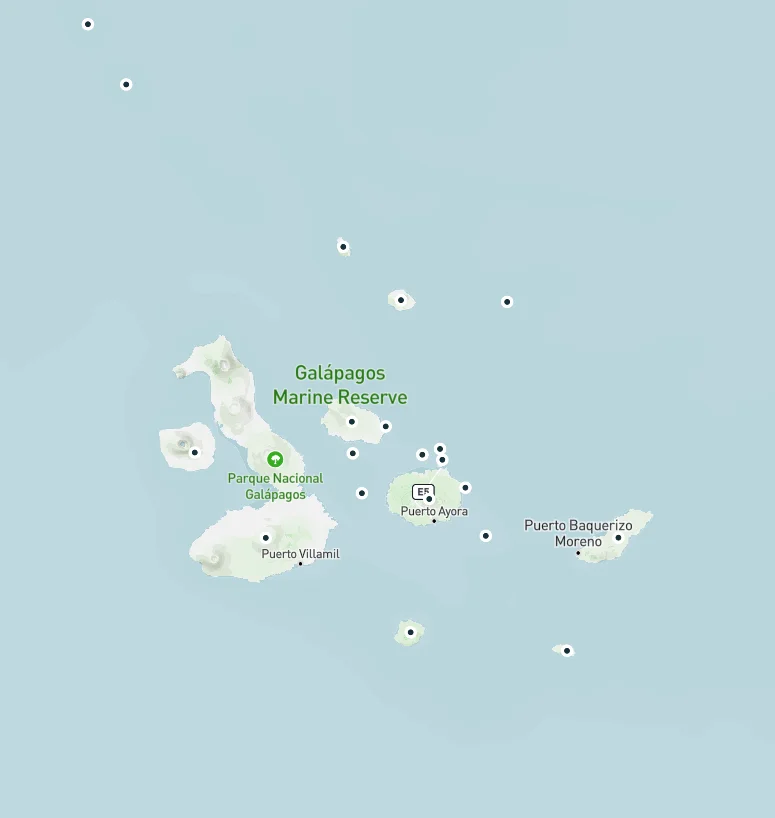
Dates & Promotions
Dates |
|---|
No data |
Reviews
Animals you might see on this itinerary:
More information about the Galapagos Islands you visit in this 8 day itinerary:
Enchanted Luxury South to North Galapagos Islands Cruise - Grand Majestic Yacht
Why travel with us?
Similar Itineraries
